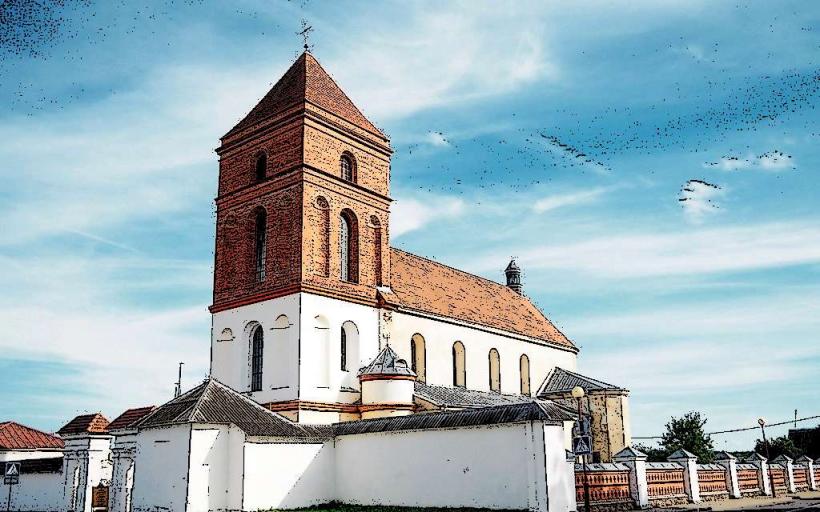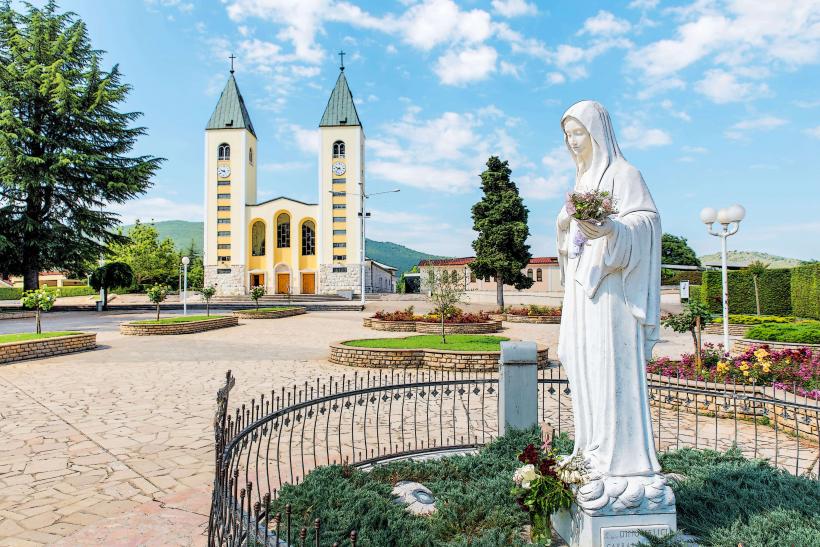Information
Landmark: Castle Complex (UNESCO)City: Mir
Country: Belarus
Continent: Europe
The Mir Castle Complex, located in the Grodno Region of Belarus, is a stunning example of a medieval fortress combined with later Renaissance and Baroque elements. Listed as a UNESCO World Heritage Site in 2000, it holds great historical and architectural significance. Here's a detailed exploration:
Historical Background
Construction and Early History:
- The construction of Mir Castle began in the late 15th century under the guidance of Duke Ilinich, a prominent noble family in the Grand Duchy of Lithuania.
- Initially designed as a Gothic fortress, the castle was strategically placed to protect against invasions.
16th Century Renaissance Transformation:
- After the Ilinich family line ended, the Radziwiłł family acquired the castle in the 1560s.
- The Radziwiłłs converted the Gothic structure into a palatial residence, adding Renaissance-style architecture, gardens, and lakes.
17th-19th Century Turmoil:
- The castle suffered significant damage during wars, including the Russo-Polish War.
- Restoration and reconstruction efforts occurred intermittently over the centuries.
20th Century Neglect and Revival:
- Abandoned during the 19th century, Mir Castle fell into disrepair.
- Post-World War II, it underwent restoration, culminating in its recognition as a UNESCO World Heritage Site.
Architectural Features
Gothic Base:
- The original Gothic design is visible in its high, crenellated walls and defensive towers.
- The five-tower layout and use of red brick are characteristic of the period.
Renaissance Additions:
- Ornamental elements like arcaded galleries, stucco decorations, and patterned facades were added by the Radziwiłłs.
- The castle's courtyards and residential quarters reflect Renaissance symmetry and refinement.
Baroque Influence:
- Baroque elements include elaborate interiors, chapel details, and ornamental stucco work introduced in later renovations.
Landscaping:
- The castle is surrounded by a large park with artificial lakes, a formal garden, and a chapel-mausoleum of the Radziwiłł family.
Cultural and Historical Significance
- Role in Belarusian History: Mir Castle symbolizes the blend of cultures and influences in Belarus, from the Grand Duchy of Lithuania to the Polish-Lithuanian Commonwealth.
- UNESCO Recognition:
- UNESCO acknowledged its architectural uniqueness, historical importance, and cultural value as a site reflecting the region's tumultuous history.
- Restoration: Meticulously restored after years of neglect, it now serves as a museum and cultural landmark.
Visiting Today
Museum and Exhibitions:
- Visitors can explore the castle's history through its museum exhibits, which include furniture, art, weaponry, and artifacts from its noble inhabitants.
Events and Activities:
- Festivals, reenactments, and cultural events bring the castle's history to life.
Tourist Amenities:
- The site is well-equipped with guided tours, informational panels, and a visitor center.
Access:
- Located about 85 kilometers southwest of Minsk, the castle is accessible by road and offers nearby accommodations.
The Mir Castle Complex stands as a testament to the architectural innovation and cultural fusion that define Belarus’s historical identity. Its well-preserved state and rich legacy make it a must-visit landmark for history and architecture enthusiasts.




